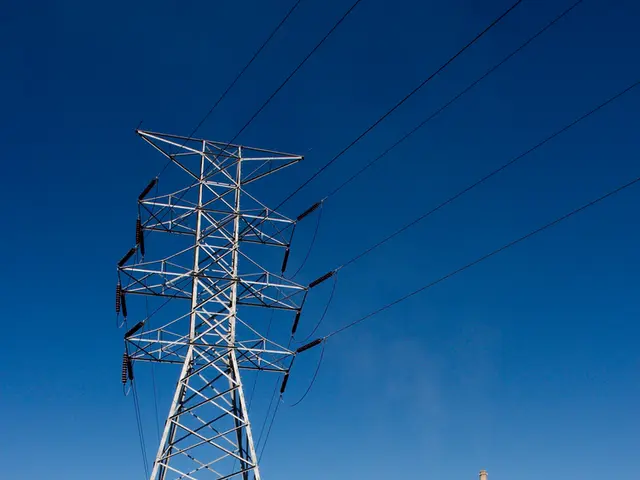Increasing friendliness observed in India-China relations despite Trump's warnings
India and China are cautiously resetting their bilateral ties, marked by recent high-level diplomatic engagements and a resumption of suspended dialogues and trade activities. This warming of relations is partly due to India's response to US tariff pressures, including those imposed on Indian exports in response to its Russian oil imports.
Chinese Foreign Minister Wang Yi visited India in August 2025, and both countries reaffirmed their support for each other's hosting of major international summits. This symbolises a deeper diplomatic commitment, with India hosting BRICS 2026 and China hosting BRICS 2027.
One of the key developments is the revival of bilateral mechanisms and trade. Dialogue on border issues and the resumption of direct flights and border trade are aimed at calming long-standing tensions, although major border demarcation issues remain unresolved. Quieter conditions along the Line of Actual Control suggest progress in de-escalation.
Both sides are also seeking economic engagement with strategic autonomy. India is looking to leverage Chinese technology and service sectors while safeguarding strategic autonomy in the face of US-China rivalry. This realignment may blunt some effects of US pressures, allowing India more room to maneuver economically and politically.
Improved India-China ties could reshape regional cooperation dynamics and complicate the US’s strategy of containing China through India. The collaboration in SCO and BRICS indicates a shared interest in presenting a united front on global governance issues.
During Wang Yi's visit, China assured India of supplies of fertilizer, rare earths, and tunnel-boring machines. This economic engagement is a significant step towards strengthening the bilateral relationship.
In summary, recent developments point to a tentative but real thaw in India-China relations. The focus is on economic interdependence, peaceful border management, and strategic diplomatic engagement, partly driven by external pressures such as US tariff tactics against India. This cautious reset could have significant implications for regional and global politics.








